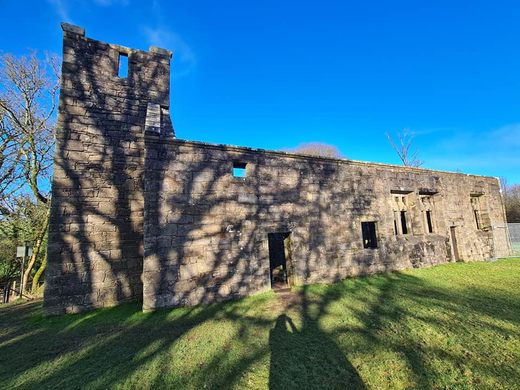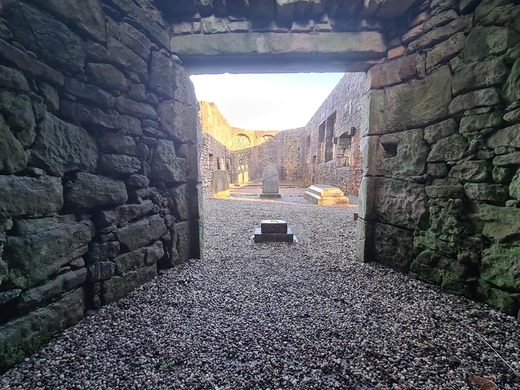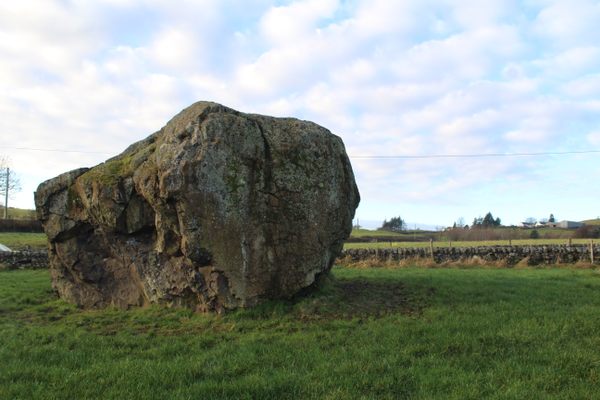AO Edited
Castle Semple Collegiate Church
The ruins of a small church belonging to a powerful Scottish family still hold the remains of its patriarch.
The Gothic-style Castle Semple Collegiate Church was built in 1504 by Lord Sempill to serve his nearby castle. While the building was likely a remodeling of an unremarkable previously existing building, its renovated iteration would become home to a renowned learning center and an intricate tomb for one powerful patriarch.
As a collegiate church, it was built to house a college of clergy, which at Castle Semple included a provost, six chaplains, two choir boys, and a sacristan. Aside from intensive religious academia, the figures here were paid to pray and perform mass for the benefit of the Sempill family. This highlights the importance, in medieval times, of ensuring a speedy passage through purgatory.
Lord Sempill had intended the church to house a spectacular tomb for him and his wife, so when Lord Sempill was killed while fighting the English in the Battle of Flodden in 1513, his son had the church extended to accommodate his father’s wishes. The extension is easily seen in the unusual but intricately carved three-sided apse to the east end of the ruined church.
The magnificent tomb is still located along the north wall at the east end of the church. Although it is now missing its effigy, it remains one of the finest medieval burial monuments in Scotland.
Use of the church ceased following the 1560 Reformation, although the land surrounding it continued to be used as a burial ground until the 1800s. Gabriel Sempill’s carved gravestone stands against the north wall not far from Lord Sempill’s tomb, while other, more recent graves also occupy the interior of the ruin.
Know Before You Go
The church can be accessed along a walk that begins at the Castle Semple Visitor Centre. The walk around the park can be extended to visit Kenmure Hill Temple.


















Follow us on Twitter to get the latest on the world's hidden wonders.
Like us on Facebook to get the latest on the world's hidden wonders.
Follow us on Twitter Like us on Facebook